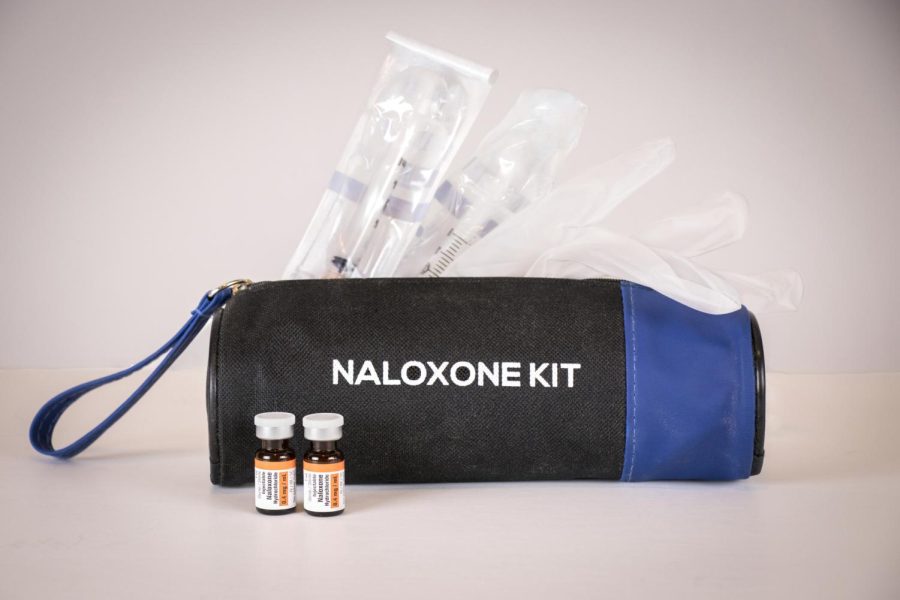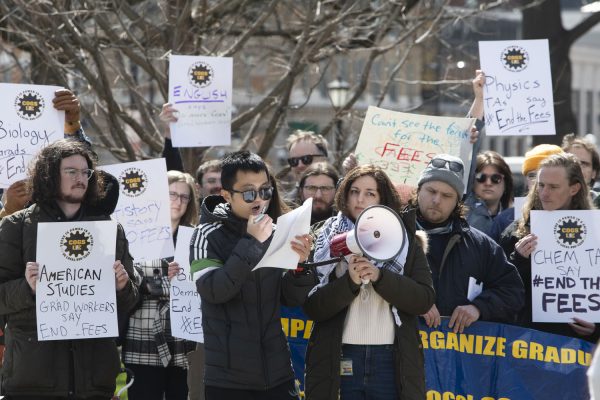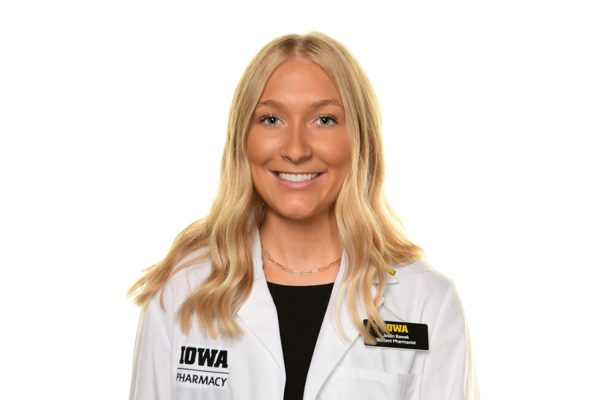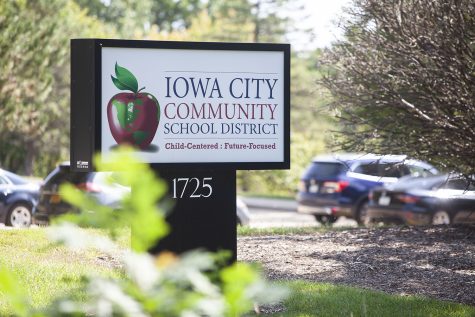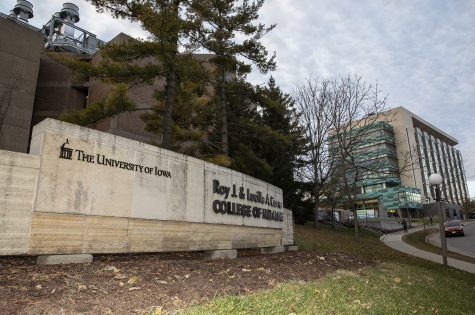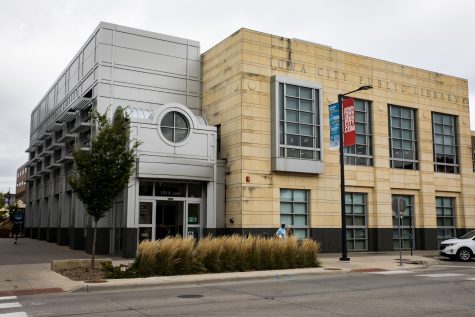Doc is In | Naloxone for opioid overdose reversal
With rising concerns regarding the opioid epidemic and overdose, Naloxone, an opioid overdose reversal agent, is now an easily accessible and safe option for anyone to use.
February 26, 2023
According to the Centers for Disease Control and Prevention, opioid overdose deaths of any kind have increased more than eight times since 1999, with nearly 69,000 deaths reported in the U.S. in 2020. Opioids are medications prescribed for moderate to severe pain relief, which can be life-changing for those who need them.
Negative stigma surrounding prescription opioids come from media coverage regarding the opioid epidemic, or the illegal distribution and misuse of opioid substances like heroin or fentanyl. An overdose could happen to anyone, regardless of the opioid type, strength, or length of use.
By increasing public access to naloxone for overdose reversal, we can protect ourselves and others while also decreasing harmful stigma. In fact, national studies have found that states which have enacted naloxone access laws saw a 14 percent decrease in opioid overdose deaths.
What is an opioid overdose?
During an overdose, too much of the drug overwhelms receptors in our brain, which slows breathing and the body’s ability to perform necessary functions. For young adults in college, exposure to situations where recreational drug use occurs is common. There is no guarantee that any recreational substances are free from containing opiates, which can be dangerous.
Recognizing signs and symptoms of an overdose is important during emergencies to quickly respond with naloxone. Always call 911 anytime an overdose is suspected.
Recognizing an opioid overdose:
- Person is falling asleep, losing consciousness, or unable to respond
- Very small “pinpoint” pupils of the eye
- Slow, shallow breathing
- Vomiting
- Pale skin or blue/purple lips and fingernails
What is naloxone?
Naloxone, known by the brand name Narcan, is a medication available by either injection or nasal spray. Naloxone rapidly removes opioids from receptors, reversing effects and restoring normal breathing within two to five minutes and can last for 30-90 minutes.
Some opioids are very strong, while others remain in the body for an extended time period after naloxone has worn off. Repeat doses may be given every minutes until breathing restores or until medical services have arrived.
Naloxone is an incredibly safe medication with essentially no side effects— assuming a person has no allergy history with its use. It is not harmful to administer to someone without opioids in their system nor by giving several repeated doses. Uncomfortable opioid withdrawal symptoms can occur with administration, such as racing heartbeat, nausea, fever or chills, or agitation.
How can I get naloxone?
In the state of Iowa, anyone can receive naloxone for free. Tele-Naloxone is a confidential program that can mail free naloxone kits to anyone’s home. By visiting the website, one can complete a virtual visit with a pharmacist or fill out a request form online.
Community pharmacies in Iowa can also dispense naloxone for free without an existing prescription from a health care provider, and one can discuss this option with a local pharmacist. If you or someone you know have concerns about risks associated with opioids, or if you are in a position to assist someone at risk, naloxone is an effective preventative option.
Delayne Glassgow, third-year pharmacy student, class of 2024
Columns reflect the opinions of the authors and are not necessarily those of the Editorial Board, The Daily Iowan, or other organizations in which the author may be involved.



